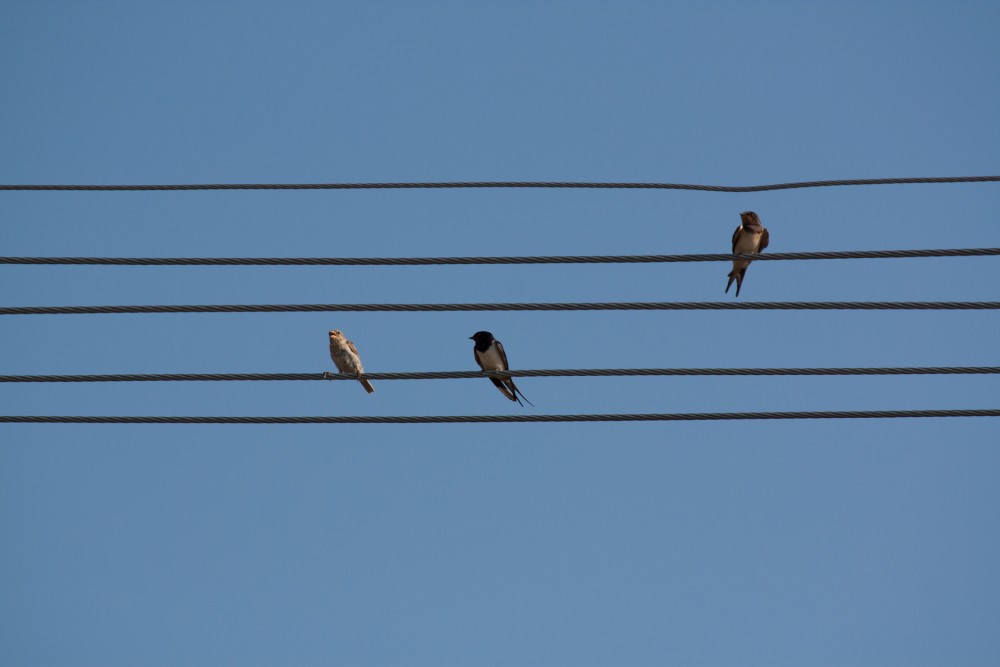
I spent this week giving attention to birds. I stood still by my window waiting for birds; I stopped mid-conversation to watch a bird on a picnic bench, tilting her head toward me. I waited in the long spaces where there were no birds, observing their absence. I scoured pictures, carefully drawn by patient hands—illustrations of speckled eggs and spackled nests. I leafed through photographs of grackles and cowbirds, nuthatches and waxwings, kinglets, larks, and ibises.
“Look at the birds of the air,” says Jesus in Matthew 6. I spent this week giving attention to birds because Jesus thinks that’s something we should do with our time.
Taking time for birds puts us in good company. A lesser-known Christian tradition gave special attention to animals of all kinds. In the Middle Ages, people constructed books of nature called bestiaries. Christians at this time assumed that there were lessons embedded in the natural world, that in the lives of animals we can discover truth about who God is, that God is somehow revealing God’s self through things that creep and crawl. Bestiary manuscripts compiled such allegories alongside detailed illustrations. There are thousands of these texts and their accompanying pictures, each beast revealing a moral or spiritual lesson.




